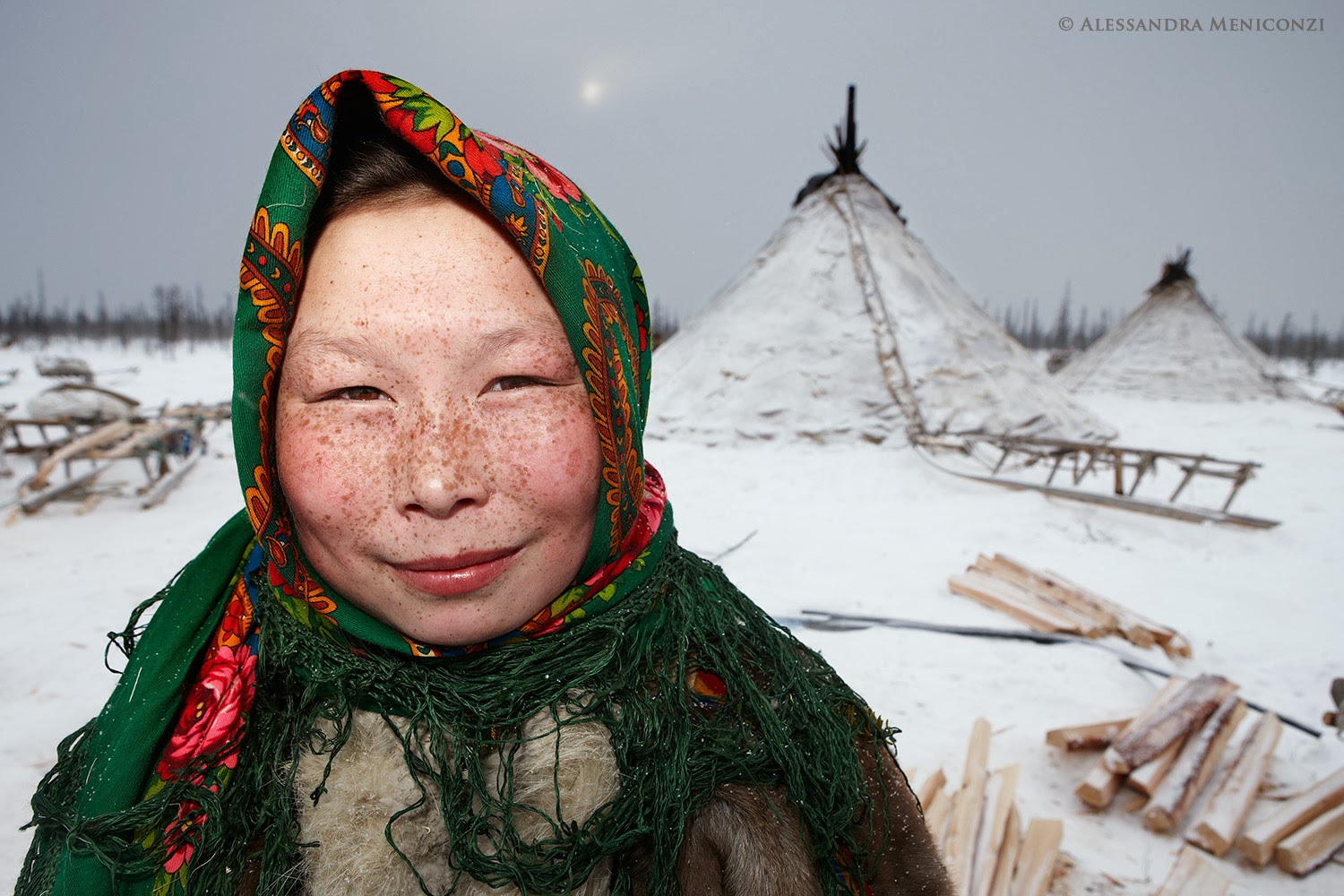Understanding the concept of ethnicity is crucial in today's multicultural world, and when it comes to the term "Yamal," curiosity piques about its origins and cultural significance. Ethnicity encompasses not only race but also shared cultural practices, languages, and historical experiences. The question of what ethnicity is Yamal can lead us on an intriguing exploration of indigenous peoples, their traditions, and their contributions to the wider tapestry of human society. This article will delve into the various facets of Yamal, aiming to provide a comprehensive understanding of its ethnic identity.
Yamal is often associated with the Yamal Peninsula in Russia, an area rich in natural resources and inhabited primarily by the indigenous Nenets people. The Nenets culture is deeply intertwined with the Arctic environment, relying on traditional practices such as reindeer herding and fishing for sustenance. However, the term "Yamal" may also refer to individuals bearing the name, leading us to explore both geographical and personal identities. As we navigate this journey, we will dissect the different layers of ethnicity and identity that the term Yamal encompasses.
In a world that increasingly values diversity, understanding what ethnicity is Yamal becomes an essential part of appreciating the unique cultural narratives that shape our global community. From its geographical roots to its cultural expressions, the Yamal identity stands as a testament to the resilience and creativity of its people. Join us as we embark on this enlightening exploration of Yamal's ethnicity and the stories that come with it.
What is the Historical Background of Yamal?
The Yamal Peninsula is located in northwestern Siberia, Russia, and is historically significant for its indigenous peoples. The Nenets, who inhabit this region, have lived in harmony with the Arctic environment for centuries. Their history is one of adaptation, resilience, and rich cultural traditions.
Who are the Nenets People?
The Nenets are an indigenous Arctic people known for their nomadic lifestyle, primarily herding reindeer. Their language, Nenets, belongs to the Uralic family, and their cultural practices reflect a deep connection to their environment. The Nenets have a unique social structure, with clans that maintain kinship ties essential for their survival in harsh conditions.
What Ethnicity is Yamal in Terms of Language?
The Nenets language is a significant aspect of Yamal's ethnicity. It is one of the few remaining indigenous languages in Russia and serves as a vital tool for passing down traditions and cultural practices. The language is divided into two dialects: the Tundra Nenets and the Forest Nenets, each reflecting the different lifestyles of their speakers.
What Are the Cultural Practices of the Yamal Region?
The cultural practices of the Yamal region are heavily influenced by the Arctic climate and the Nenets' nomadic lifestyle. These practices include:
- Reindeer Herding: A central aspect of Nenets culture, providing food, clothing, and transportation.
- Traditional Craftsmanship: The Nenets are known for their exquisite craftsmanship in creating traditional clothing and tools.
- Spiritual Beliefs: The Nenets hold a deep spiritual connection to nature, with shamanistic practices playing a vital role in their culture.
How Does Modernization Affect Yamal's Ethnicity?
As the world becomes increasingly interconnected, the traditional ways of life for the Nenets and the Yamal region face numerous challenges. Modernization has introduced new economic opportunities but has also threatened the preservation of cultural identities. Issues such as climate change and resource extraction impact the traditional practices of the Nenets, prompting discussions on how to balance progress with cultural preservation.
What Ethnicity is Yamal in Contemporary Context?
In today's context, the ethnicity of Yamal reflects a blend of traditional practices and modern influences. The younger generation is increasingly engaging with both their cultural heritage and contemporary society, leading to a dynamic cultural landscape. Efforts are being made to revitalize the Nenets language and traditions, ensuring that the essence of Yamal's ethnicity continues to thrive.
What is the Personal Biography of Yamal?
When referring to “Yamal” as a person, it becomes essential to highlight personal details and biographical information. Here is a brief overview:
| Detail | Information |
|---|---|
| Name | Yamal |
| Age | 30 |
| Occupation | Indigenous Rights Activist |
| Ethnicity | Nenets |
| Residence | Yamal Peninsula, Russia |
How is Yamal Contributing to Ethnic Awareness?
Yamal, as an activist, works tirelessly to raise awareness about the rights and challenges faced by indigenous peoples in the Arctic. Through various platforms, Yamal advocates for the preservation of cultural identities and the protection of traditional lands against exploitation.
What Ethnicity is Yamal's Influence in Media?
Yamal's influence extends to social media and public speaking, where they share stories and experiences that highlight the richness of Nenets culture. By engaging with a broader audience, Yamal aims to foster understanding and respect for indigenous identities, emphasizing the importance of cultural preservation in the face of globalization.
Conclusion: Embracing the Ethnicity of Yamal
In conclusion, the exploration of what ethnicity is Yamal offers a profound understanding of the complex interplay between tradition and modernity. The Nenets people, their rich cultural practices, and the contemporary challenges they face present a compelling narrative of resilience and adaptability. As we continue to navigate a world marked by diversity, embracing and respecting the ethnic identities like that of Yamal remains crucial for fostering a more inclusive society.
Unveiling The Life And Legacy Of Licy McLay
Exploring Leslie Uggams' Iconic Role In Star Trek
Exploring The Love Life Of Lee Asher: Is He Married?

How people survive in FAR NORTH of RUSSIA? Yamal. Nomads YouTube

Yamal Peninsula Travel Guide How to Visit with The

Una antropóloga en la luna blog de antropología. Indígenas de Siberia